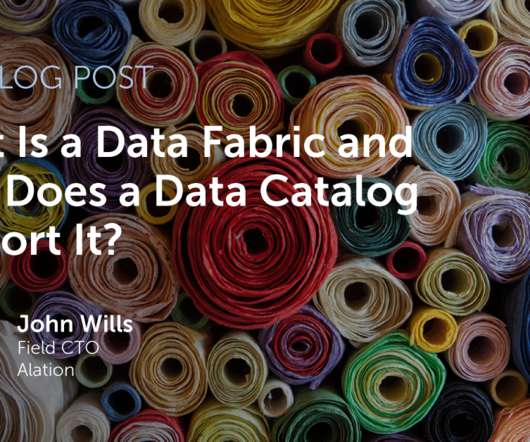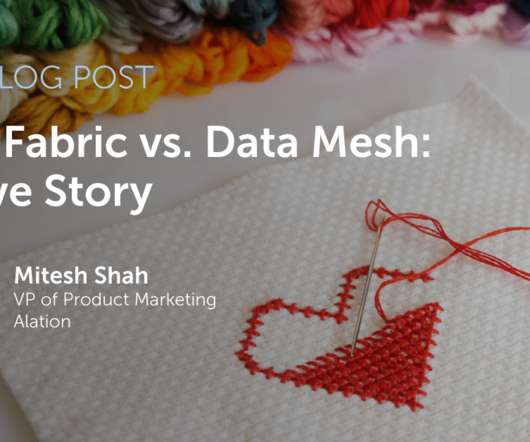Themes and Conferences per Pacoid, Episode 8
Domino Data Lab
APRIL 3, 2019
Data governance shows up as the fourth-most-popular kind of solution that enterprise teams were adopting or evaluating during 2019. That’s a lot of priorities – especially when you group together closely related items such as data lineage and metadata management which rank nearby. Those days are long gone if they ever existed.













Let's personalize your content